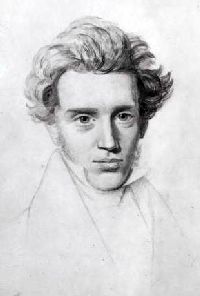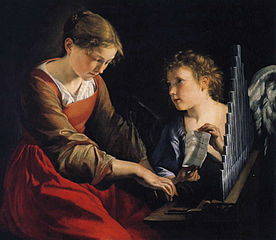Worshipping Together

The word "liturgy" is used to identify pieces of a worship service. Its original meaning was "the work of the laity." Even today, you will find that there are several parts of the service that are reserved to be whole congregation responses. We usually have both a minister of word and sacrament and a lay person lead the responses and read scripture to remind ourselves that worship is not to be dominated by any one type of person. We do not gather to listen to only one person pray but to pray together. In our tradition, we greatly value private devotions, but we also greatly value what happens when we pray, sing, and learn together.
The Form of Worship
In Presbyterian churches, our worship usually follows a four-point form.
We assemble in God's name: We gather in the name of the Lord, offer praise in the words of Scripture, prayer and song, acknowledge our sinfulness, and receive God's forgiveness.
We proclaim God's Word: We read and proclaim Scripture, sing Psalms, hymns, spirituals, or anthems, respond to the proclamation of God's Word with acts of commitment and faith, offer prayers of concern for local and worldwide needs, and give our tithes and offerings
We give thanks to God: We praise God for creation and providence, give thanks for Christ's work of redemption, and invoke the Holy Spirit upon the church. This is also where the Service of the Lord's Table is celebrated.
We go in God's name: We are sent forth with God's blessing to serve.
We do not believe that worship must follow this form, but we have developed this form for Sunday morning worship as a way of protecting us from patterns that can become unbalanced. We do recognize for instance that an evangelistic service or a prayer meeting might take a different form. But we want to always remember that we assemble in God's name, that we proclaim the good news, that we give thanks, and that we go with the commission to do the individual ministries God has given us.
We Assemble in God's Name
One or more of the musicians in the congregation performs a musical prelude appropriate to the season to help people gather their thoughts and enter into a state of worship. Members who have been visiting or doing other tasks around the church building settle down, collect themselves, and prepare to worship God.
One or more of the following is also used to help persons further collect themselves for worship: a prayer appropriate to the day, gathering song, or a call to worship.
A Hymn is sung.
A confession of sins and a reminder of God's forgiveness is used to help those who have unresolved guilt that keeps them from being fully present with God. Choir anthems or solo music expressing sorrow or asking forgiveness will be included at this time. We may also use traditional prayers or musical responses like the Kyrie as part of our confession and the Gloria Patri or other song of praise as part of our resulting celebration of God's forgiveness.
We Proclaim God's Word

Scripture is read, usually from both the Old and New Testaments.
Hymns are sung.
The sermon is presented.
A creed or affirmation is read.
A baptism, confirmation, commissioning or other ordinance may be performed here.
Musical anthems or solos which proclaim God's Word may be presented during this time.
We Give Thanks to God
The prayer requests and announcements of the events of our life together are shared at this time.
The pastoral prayer which collects the praise specific to the proclamation just before, the thanksgivings of the assembly and the intercessions of the congregation is offered concluding with the Lord's Prayer.
We give back a portion of what God has given us in the offering.
Musical anthems or solos which offer thanks to God may be presented during this time.
We may at this time share the service of the Lord's Table. For a discussion of how we celebrate the service of the Lord's Table go here.
We Go in God's Name
A hymn is sung.
The congregation is given a commission to take into the world.
The congregation is reminded of the blessing they have received.
A brief prayer asking God to bless the congregation is spoken.
They go forth into the world.